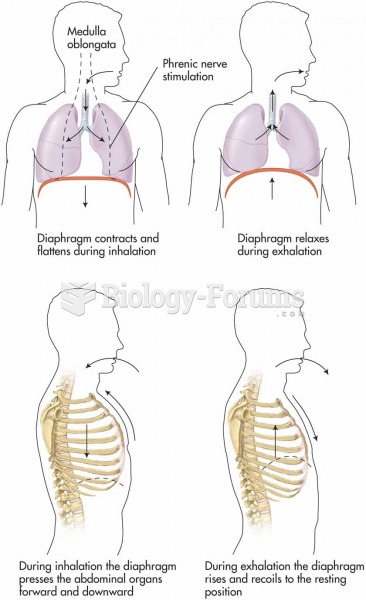Answer to Question 1
When filing a Motion for Relief from Automatic Stay, the moving party must draft and include with the motion the following items: the motion for relief from Automatic Stay, a notice of hearing and opportunity to object, a memorandum, not to exceed 20 pages, supporting the motion, and a certificate of service. The paralegal's role in recognizing motions and helping the attorney adequately respond to them is vital. The court might automatically grant a motion if it isn't opposed or objected to within two weeks. For instance, the debtor's silence might be considered evidence of his or her consent to lifting the Automatic Stay for a certain creditor. Even if the debtor agrees to surrender an item of collateral to one of his or her creditors, the creditor still must file a motion for relief from stay. When the debtor intends to object to any relief from stay from a certain creditor, the debtor, most often through an attorney, would timely file an objection citing any number of defenses. Most often, defenses might declare that the collateral is adequately protected, that payments toward the debt are being made, or that the collateral is adequately insured.
The paralegal should recognize any suspicious activity on the part of the debtor and bring them to his or her supervising attorney immediately. The trustee may file a motion to dismiss the case if the debtor is discovered to have made any misrepresentation to the court regarding assets, income, or illegal transfers.
For motions to value collateral, many jurisdictions have form motions that the debtor may file with the court to give proper notification to the secured creditor in interest. The debtor must indicate what he or she feels the value of the collateral is and what that value is based on. Of course, the debtor must indicate which secured loan he or she wishes to revalue, and some forms allow the debtor to file this motion against multiple secured creditors. The process for filing such a motion usually requires the debtor to obtain a hearing date from the court and provide the creditor(s) with at least 21 days' notice of the hearing date. Most courts require the creditor to file any objection within two to seven days prior to the scheduled hearing.
Answer to Question 2
In a Chapter 7 case, all of the property the debtor owns and disclosed on the schedules becomes part of the bankruptcy estate. The trustee is charged with managing the estate and seeing that nonexempt property is sold. The money the trustee acquires from the sale of the nonexempt items is distributed hierarchically to the unsecured creditors. Sometimes a trustee may deem certain property in the bankruptcy estate to be of little value and he or she may decide it is not worthwhile to sell. This may be true for several reasons: a particular piece of property may be so encumbered by liens or other encumbrances that it is completely devoid of value, an unencumbered article of property may not have enough value to make it worth selling after the costs associated with the sale and the trustee's commission are deducted, the portion of value in the item subject to exemption does not leave enough value in the item to warrant a sale, the item is fully exempt, the item is not popular for sale for one reason or another (i.e., a parcel of real property that is undesirableno curb appeal).
If the trustee deems certain property to be worthy of abandonment, he or she must place all interested parties on notice of the proposed abandonment. Within 14 days of mailing the notice, any party in interest who wishes to object must do so. If an objection is raised according to the Federal Rules of Bankruptcy Procedure, the court sets the matter down for a hearing. If, at the hearing, the court either deems the property worthy of abandonment or overrules any objections, the property will no longer be part of the bankruptcy estate. The property, unless it is in the rightful possession of a creditor, will be returned to the debtor. Most objections raised prior to abandonment are raised by other creditors. If one or more creditors object to the abandonment of a certain item of property, they must prove that the property has value above any lien against the property and that this excess value is high enough to allow for a distribution to the creditors.







